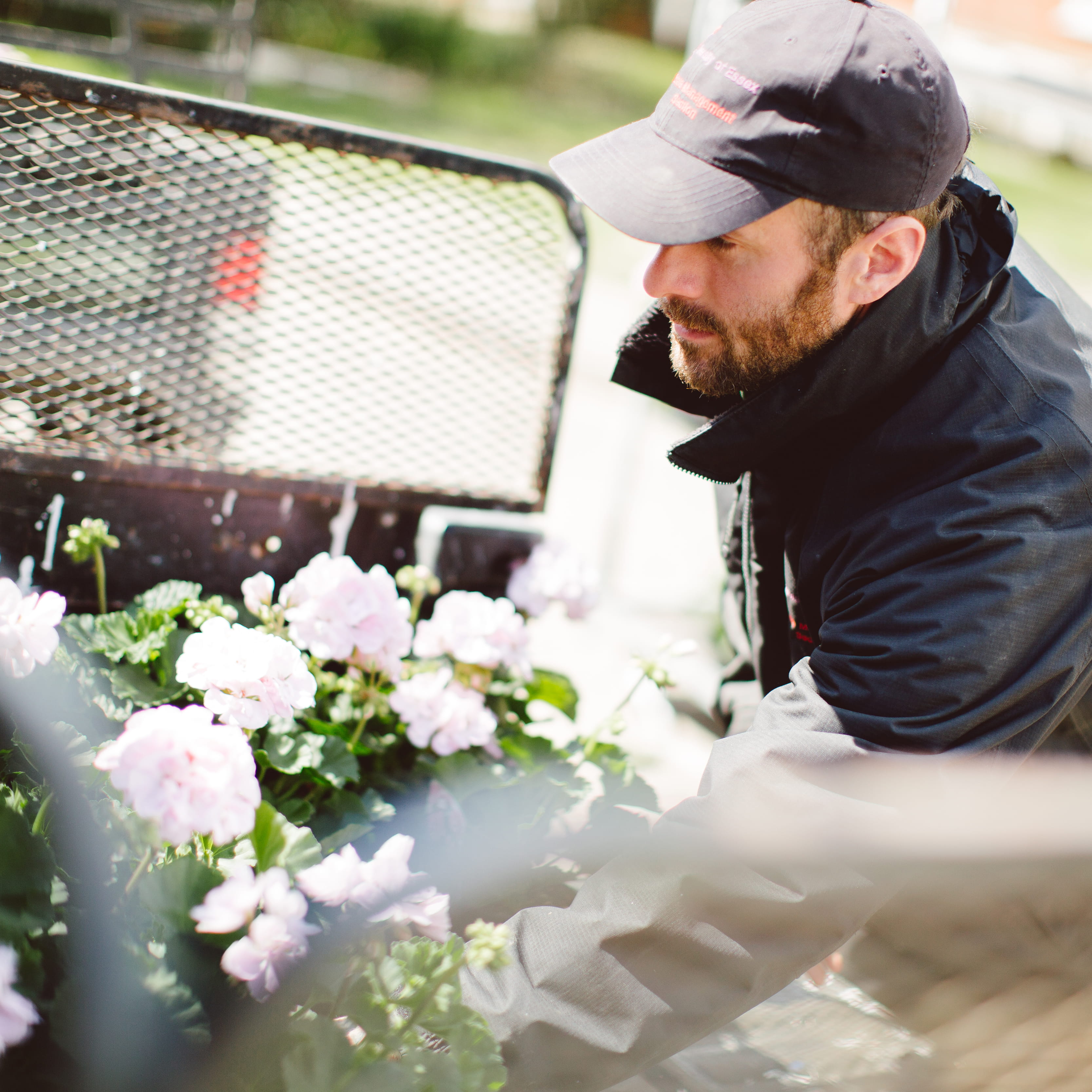Supporting Sustainability in the Curriculum: Staff, Students, and Shared Practice

Over the past year, we have been collaborating with academic staff, students, and staff with their students to explore what Education for Sustainable Development (ESD) can look like in practice. This has included support and training focused on using the UN Sustainable Development Goals (SDGs) as a framework, not only to map where sustainability is already present in teaching, but to help surface where it could be more visible, more meaningful, and more connected to students' lives.
The work has taken shape differently across departments, reflecting different subject areas, student cohorts, and pedagogical aims. At the Edge Hotel School, for example, we have supported colleagues to explore how sustainability intersects with hospitality, food, tourism, and events. Rather than trying to “add” sustainability, the focus has been on identifying where it already exists—ethics, sourcing, inclusivity, labour practices—and bringing that to the surface through learning outcomes, assessment, and classroom discussion. Conversations have been practical, grounded, and collaborative. Embedding the SDGs here is not about ticking boxes; it is about showing students how their field is already part of the sustainability story and giving them the tools to ask better questions about its future.
With the Essex Pathways Department, the work has centred on how sustainability can support learning for Foundation Year and pre-sessional students—many of whom are new to academic study in the UK or just beginning to build confidence with critical thinking and academic language. What began as a conversation about how to introduce the SDGs in accessible ways led to something more unexpected. After engaging with sustainability in class, three student groups independently chose to align their assessed projects with SDG 3 Good Health and Well-being, focusing specifically on mental health. These were not just classroom exercises—students extended them into local activities, including awareness campaigns and peer-led initiatives aimed at supporting mental wellbeing in the community. It was a useful reminder that early exposure to sustainability thinking can lead not only to better academic outcomes, but to meaningful real-world action.
At the same time, we have been working directly with students through a series of workshops delivered in partnership with the Sustainable Students Society. Across four sessions, we explored how students can identify and articulate the sustainability competences they have developed—through modules, group work, and extracurricular projects—and translate these into language that supports their employability. We focused on skills like systems thinking, collaboration, and ethical awareness, and looked at how these might show up in CVs, applications, and online profiles. The workshops gave students a space to reflect on what they were learning and doing, and how it connects to wider sustainability goals, both in theory and in practice.
Across all this work, a common thread has emerged: sustainability education is not just something we add to the curriculum—it is something we cultivate through the way we teach, support, and engage with students. While embedding sustainability into modules is a necessary first step, the next step is harder—and more important. It is about embodying sustainability in our practice, not just teaching it as a topic. When we model the values we want students to engage with we move closer to sustainability as a shared educational culture, not just a curriculum design exercise.


